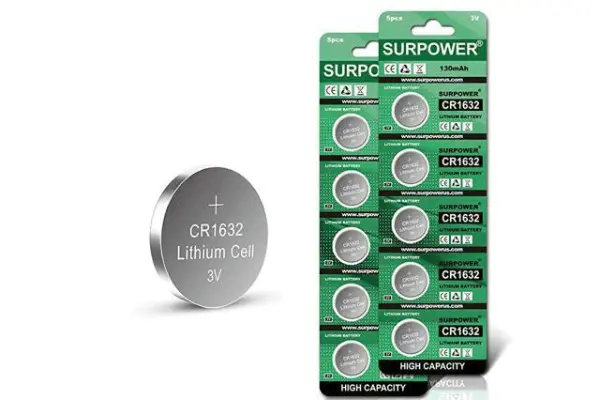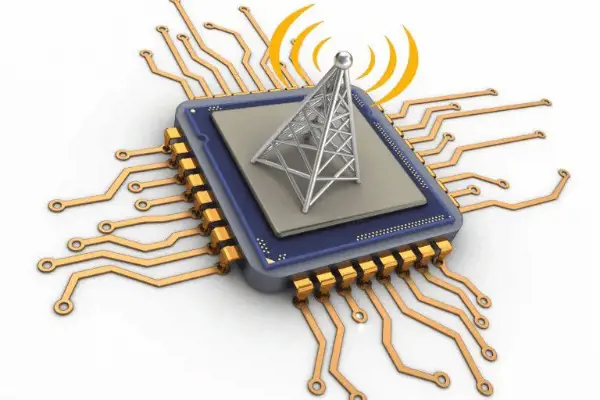What is SOIC: Small Outline Integrated Circuit
 Published: Jun 09, 2023
Published: Jun 09, 2023
Contents
Small Outline Integrated Circuits (SOIC) have revolutionized the world of electronic components, providing compact and efficient solutions for various applications. These miniature integrated circuits offer high functionality and performance while occupying minimal space on a circuit board.
In this article, we will explore the concept of Small Outline Integrated Circuits, their advantages, and their applications. Whether you are an electronics enthusiast, hobbyist, or professional engineer, understanding the features and benefits of SOICs will enable you to optimize your circuit designs and create innovative electronic projects with a smaller footprint.
What is a Small Outline Integrated Circuit (SOIC)
A Small Outline Integrated Circuit (SOIC) is a type of surface-mount electronic component package used for integrated circuits (ICs). It is characterized by its compact size and space-saving design, making it suitable for applications where board space is limited.

Characteristics of Small Outline Integrated Circuit SOIC
Physical Dimensions: SOIC packages have a small form factor, which allows for space-saving on printed circuit boards (PCBs). They are typically rectangular in shape and have a low profile.
Pin Configuration: SOIC packages have a range of pin configurations, such as SOIC-8, SOIC-14, and SOIC-16, among others. The pins are arranged along the sides of the package, facilitating easy connection to the PCB.

SOIC-8

SOIC-14

SOIC-16
Thermal Performance: SOIC packages are designed to provide improved thermal dissipation compared to other package types. The exposed pad on the underside of the package helps in heat transfer and enhances the overall thermal performance.
Component Density: SOIC packages offer high component density due to their compact size. This makes them suitable for designs with limited board space and allows for more functionality in a smaller area.
Compatibility: SOIC packages are compatible with automated assembly processes, making them efficient for mass production. They can be easily soldered onto PCBs using surface-mount technology (SMT) equipment.
Electrical Performance: SOIC packages provide good electrical performance, offering reliable signal transmission and low parasitic effects. They are commonly used for a wide range of digital and analog integrated circuits.
Wide Availability: SOIC packages are widely available in the electronics market, with various manufacturers offering different package sizes and pin configurations. This availability makes them a popular choice for many electronic applications.
Application of Small Outline Integrated Circuit SOIC
Here are some specific IC models commonly packaged in Small Outline Integrated Circuit (SOIC) packages, organized by application, you could search more at AVAQ,
|
Application |
Example ICs |
|
Consumer Electronics |
ATmega328P (Microcontroller), 24LC256 (Memory), |
|
|
LM7805 (Voltage Regulator) |
|
Automotive Systems |
TJA1050 (CAN Transceiver), LM2903 (Op-Amp), |
|
|
NCV8853 (LED Driver) |
|
Industrial Equipment |
PIC16F877A (Microcontroller), LM317 (Voltage |
|
|
Regulator), INA128 (Instrumentation Amplifier) |
|
Telecommunications |
MAX232 (RS-232 Transceiver), Ethernet PHY ICs, |
|
|
CC1101 (Wireless Transceiver) |
|
Medical Devices |
ADS1292 (ECG Analog Front-End), MAX30102 (Pulse |
|
|
Oximeter and Heart-Rate Sensor), |
|
|
TMP006 (Infrared Temperature Sensor) |
|
Aerospace and Defense |
FPGA (Field-Programmable Gate Array) ICs, |
|
|
DAC (Digital-to-Analog Converter) ICs, |
|
|
RF Amplifiers (e.g., Avago MGA-81563) |
|
IoT and Wearable Devices |
ESP8266 (Wi-Fi SoC), MPU-6050 (Motion Sensor), |
|
|
nRF24L01 (Wireless Transceiver) |
These are just a few examples of IC models commonly packaged in SOIC packages. There are numerous other ICs available in SOIC packages based on specific application requirements and manufacturers.
Advantages of Small Outline Integrated Circuit SOIC
- 🏆 Space Efficiency: SOIC packages offer a compact form factor, allowing for efficient utilization of space on PCBs. Their small size makes them ideal for designs with limited board space or applications where miniaturization is a priority.
- 🏆 Thermal Performance: SOIC packages are designed to provide improved thermal dissipation. The exposed pad on the underside of the package enhances heat transfer, resulting in better thermal management and reliability of the integrated circuit.
- 🏆 Versatility: SOIC packages are available in various pin configurations, such as SOIC-8, SOIC-14, and SOIC-16, among others. This versatility allows for flexibility in circuit designs, accommodating different pin requirements and component densities.
- 🏆 Ease of Manufacturing: SOIC packages are compatible with automated assembly processes, making them well-suited for high-volume production. They can be easily handled and soldered using surface-mount technology (SMT) equipment, reducing manufacturing time and costs.
- 🏆 Electrical Performance: SOIC packages offer good electrical performance, providing reliable signal transmission and low parasitic effects. They are commonly used for both digital and analog integrated circuits, ensuring efficient operation and accurate data processing.
SOP VS SOIC: What are Differences
SOP is also a very common form of packaging that started in the late 70's. The SOP package has a wide range of applications and has since been derived from SOJ (J-pin small form factor package), TSOP (thin small form factor package), VSOP (very small form factor package), SSOP (reduced SOP), TSSOP (thin reduced SOP) and SOT (small form factor transistor), SOIC (small form factor integrated circuit), etc, SOIC (Small Outline Integrated Circuit) etc. have played a pivotal role in integrated circuits. Like the motherboard's frequency generator is the SOP package used.
As pointed out in the paragraph above, SOIC is derived from SOP. The specific dimensions of the two packages, including the chip length, width, pin width, pin spacing, etc. basically the same, so in the PCB design package SOP and SOIC can be mixed.
Difference between SOP and SOIC
SOP is a more generic name, and only later came the SOIC package, which is almost identical in appearance to SOP.
The difference is in the pins, the SOIC is thinner, supposedly to reduce the footprint.
Below is a comparison of the pin size diagram.
SOIC

SOP
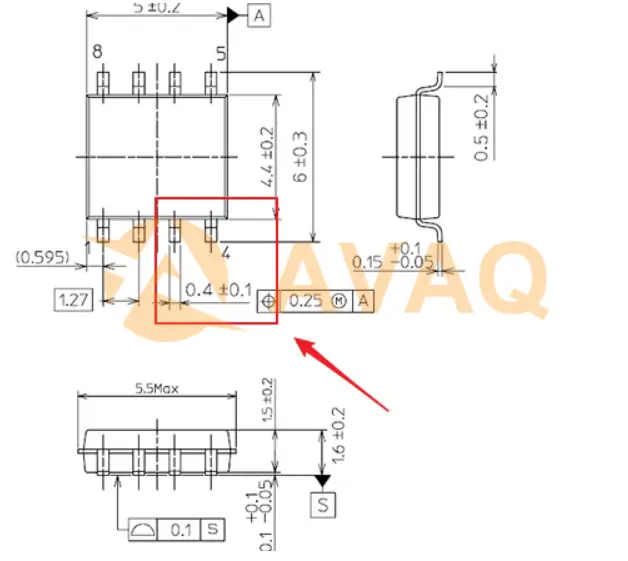
SOIC-8 pad width is 0.6mm, SOP-8 pad width is 0.65mm, comprehensive comparison can be completely interchangeable.
SOCI Comparison with Other IC Packages: DIP, QFP and BGA
A. Dual Inline Package (DIP):

The so-called DIP double inline package refers to the integrated circuit chips packaged in the form of double inline packages, the majority of small and medium-sized integrated circuit ICs are used in this package form, the number of pins generally does not exceed 100.
DIP package CPU chips have two rows of pins, which need to be inserted into the chip socket with DIP structure. DIP package chips should be inserted and removed from the chip socket with special care to avoid damage to the pins.
- Size: SOIC packages are significantly smaller than DIP packages, offering higher component density and space efficiency on PCBs.
- Mounting: SOIC packages use surface-mount technology (SMT) for assembly, while DIP packages are through-hole mounted, requiring leads to be inserted into holes on the PCB.
- Applications: DIP packages are commonly used in hobbyist projects, prototyping, and older electronic devices, whereas SOIC packages are preferred in modern electronics due to their smaller size and compatibility with automated assembly processes.
B. Quad Flat Package (QFP)

- Size: SOIC packages are smaller than QFP packages, making them suitable for designs with space constraints.
- Pin Configuration: SOIC packages typically have fewer pins compared to QFP packages, but they still offer a range of pin configurations to accommodate different circuit requirements.
- Thermal Performance: SOIC packages generally have better thermal performance due to the exposed pad on the underside, allowing for improved heat dissipation.
- Applications: QFP packages are commonly used in applications where a higher pin count and more complex circuitry are required, such as microcontrollers and digital signal processors. SOIC packages are used in a wide range of applications, including consumer electronics, automotive systems, and industrial equipment.
C. Ball Grid Array (BGA)

PGA pin grid arrays can be modified to produce a BGA package, which consists of a grid of pins on a surface so that electronic signals can be transferred from the integrated circuit to the printed circuit board during operation.
With the BGA package, the pins at the bottom of the package can be replaced with other forms, usually solder balls that can be positioned by flux, either manually or through automated machines.
- Mounting: BGA packages use an array of solder balls for connection, while SOIC packages use surface-mount technology with pins for soldering onto the PCB.
- Component Density: BGA packages offer higher component density compared to SOIC packages, as they have more pins and a smaller pitch.
- Complexity: BGA packages are more complex to assemble and rework compared to SOIC packages, requiring specialized equipment and techniques.
- Applications: BGA packages are commonly used in high-performance applications that demand dense integration, such as advanced microprocessors, graphics cards, and high-speed communication devices. SOIC packages are more versatile and are used in a broader range of applications.
Conclusion
In conclusion, Small Outline Integrated Circuits (SOICs) has become an indispensable component in modern electronics, offering high functionality and compact design. By utilizing the advantages of SOICs, such as smaller sizes, higher integration, and enhanced performance, you can optimize your circuit designs and create innovative electronic projects in various fields.
Whether you are designing consumer electronics, automotive applications, or industrial control systems, SOICs provide a reliable and efficient solution. Stay updated with the latest advancements in SOIC technology, explore datasheets and application notes, and leverage the benefits of these miniature integrated circuits to take your electronic designs to the next level.
 FAQ
FAQ
- Can I use SOIC packages for high-frequency applications?
- SOIC packages are generally not optimized for high-frequency applications due to their lead lengths and parasitic effects. For high-frequency applications, packages with shorter lead lengths and better electrical characteristics, such as Quad Flat No-Lead (QFN) or Ball Grid Array (BGA), are often preferred.
- Can I hand solder SOIC packages?
- Hand soldering SOIC packages can be challenging due to their small size and closely spaced leads. However, with proper tools, techniques, and a steady hand, it is possible to hand solder SOIC packages. It is recommended to use a fine-tipped soldering iron, flux, and solder wick for any necessary rework or repairs.
- Are SOIC packages interchangeable with through-hole packages?
- No, SOIC packages are not directly interchangeable with through-hole packages. They have different mechanical and electrical properties, requiring specific footprints and PCB designs. If you want to replace a through-hole component with an SOIC package, you may need to redesign the PCB and ensure compatibility with the new package.
- How are SOIC packages soldered onto a circuit board?
- SOIC packages are soldered onto a circuit board using surface-mount technology (SMT). The soldering process involves applying solder paste to the pads on the PCB, placing the SOIC package onto the pads, and then reflowing the solder to establish electrical and mechanical connections.
 Popular Industry Focus
Popular Industry Focus
Hot Products
-
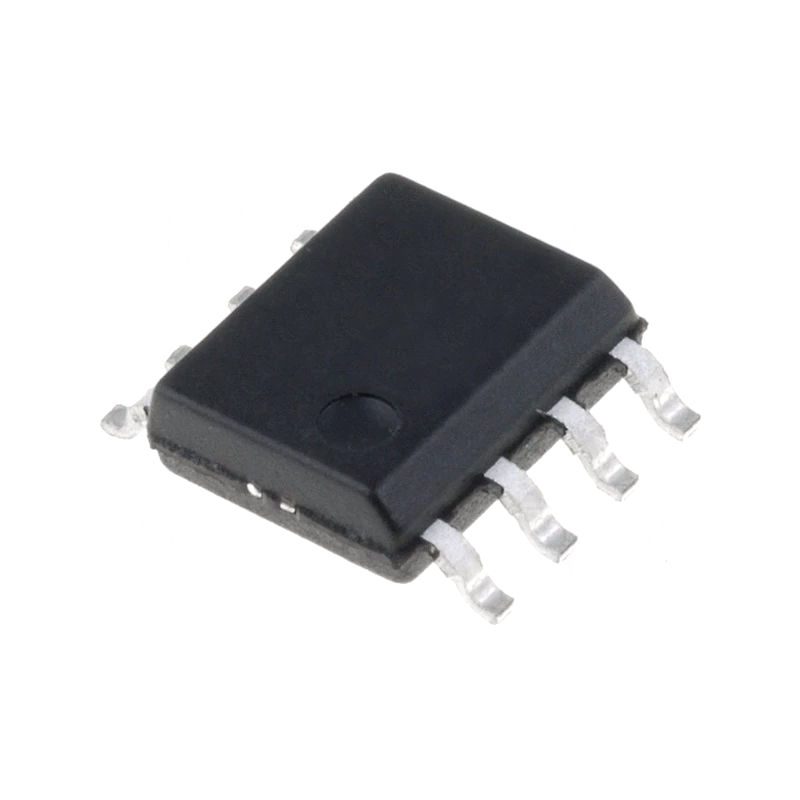
SY10ELT22ZG
Microchip Technology, Inc
Mixed Signal Translator Unidirectional 1 Circuit 2 Channel 8-SOIC
-

PIC24FJ128GA202-I/SP
Microchip Technology, Inc
Low Power MCU with Crypto Engine.
-

TC1313-ZD0EMF
Microchip Technology, Inc
2MHz 500mA Synchronous Buck Regulator + 300mA LDO.
-

MIC37151-3.3WR
Microchip Technology, Inc
Linear Voltage Regulator IC Positive Fixed 1 Output 1.5A S-PAK-5
-

MIC5332-SSYMT-TR
Microchip Technology, Inc
Linear Voltage Regulator IC Positive Fixed 2 Output 300mA, 300mA 8-TMLF® (2x2)
-
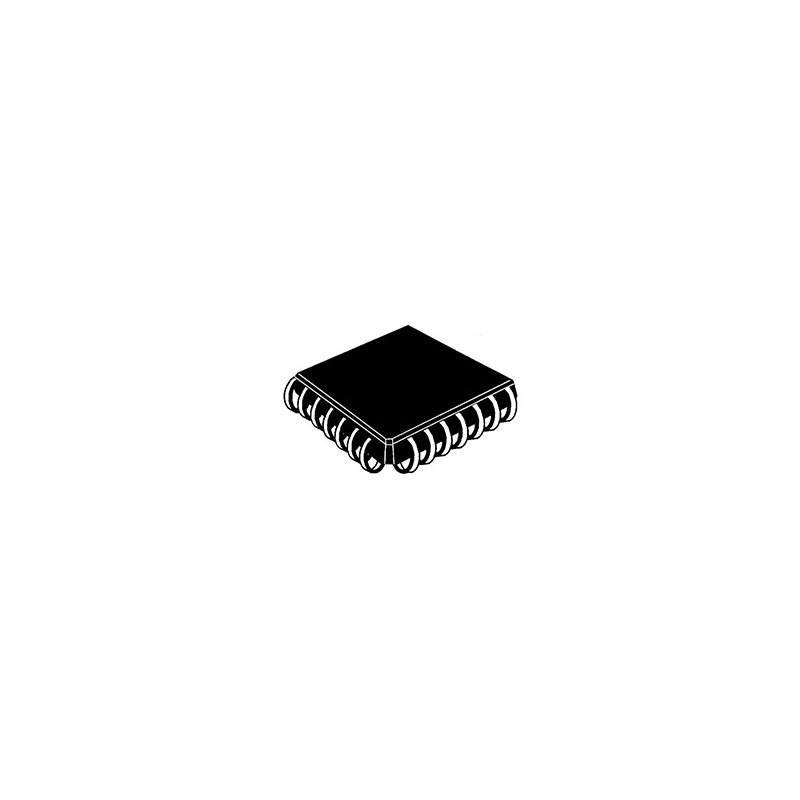
A42MX16-PLG84
Microchip Technology, Inc
Low Power Antifuse FPGA.
Related Parts
-

DW82801HEM SLJ4Z
Intel Corp
I/O Controller
-

LSI53C1010R
Broadcom Corporation
PCI-Ultra 160 SCSI Controller Dual-CH PCI
-

AD7816ARMZ
Analog Devices, Inc
Temperature Sensor Digital, Local -40°C ~ 85°C 10 b 8-MSOP
-

SMV1405-000
Skyworks Solutions, Inc
Skyworks ABRUPT VARACTOR CHIP
-

LPC47M102QFP
Microchip Technology, Inc
I/O Controller 0.015A 100-Pin PQFP
-

LT5503EFE#PBF
Analog Devices, Inc
Transmitter 1TX 20-Pin TSSOP EP
-

DB001-00
NVE Corporation
Peripheral Integrated Circuit
-

ADE7756ARS
Analog Devices, Inc
Single Phase Meter IC 20-SSOP
-

SLB9670XQ20FW785XUMA1
Infineon Technologies Corporation
Secure MCU 16bit OPTIGA™ TPM CISC 7KB 1.8V/3.3V 32-Pin VQFN EP T/R
-
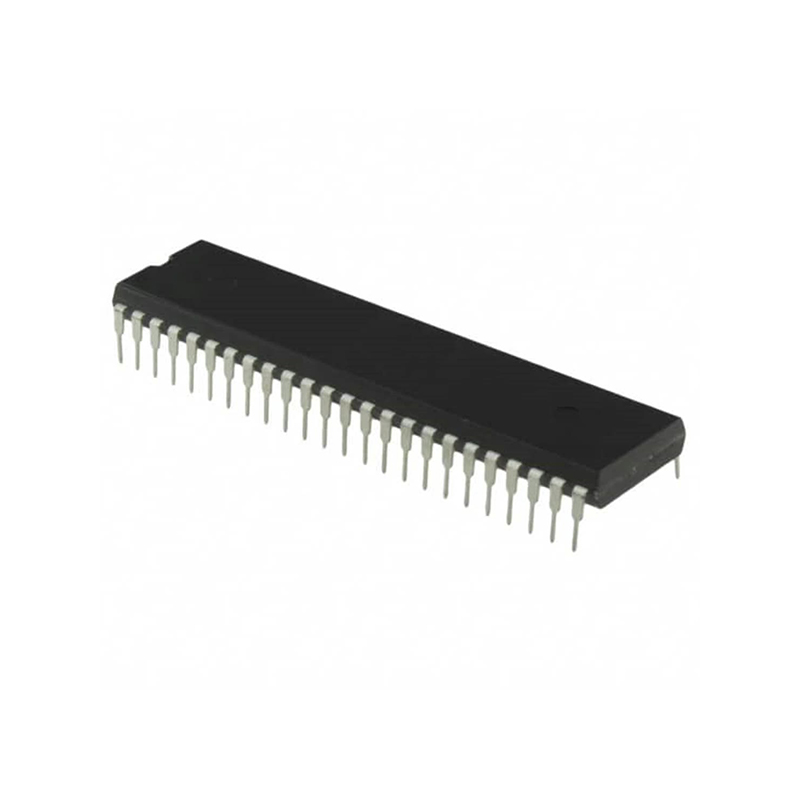
TS68HC901CP8
STMicroelectronics, Inc
Multi Function Peripheral 48-Pin PDIP
-
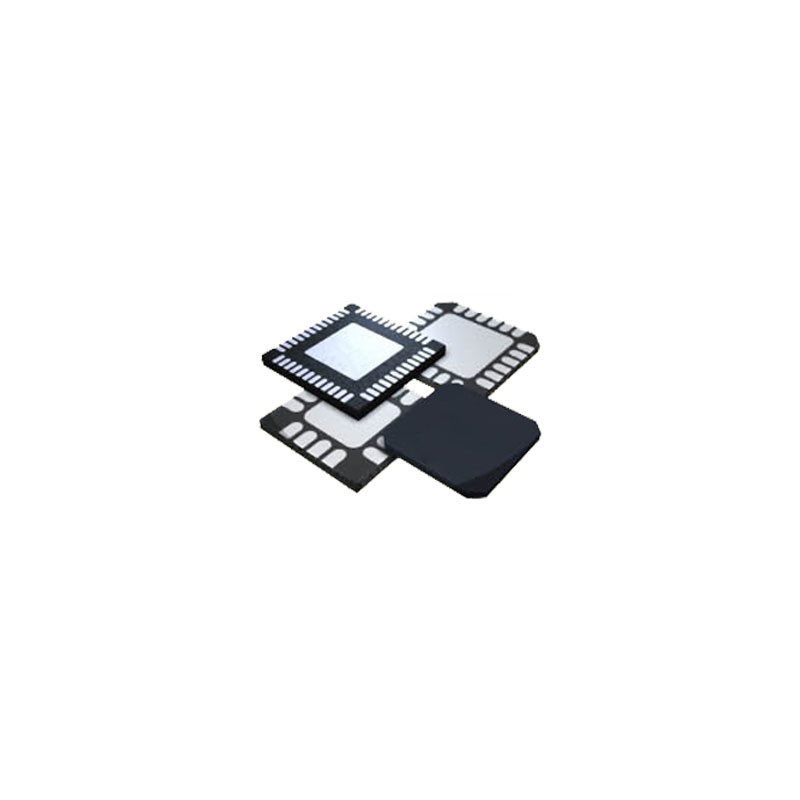
UP501
U-BLOX AG
FASTRAX - UP501 - GPS MODULE, MTK3329, PATCH ANT
-

FW82801BA SL5PN
Intel Corp
I/O Controller Phase Controller 370-Pin EBGA
-

X88064PI
Renesas Technology Corp
Peripheral Misc, E2Microcontroller Peripheral
-

ANX1120AC
Analogix Semiconductor
Multimedia Converter 2 Lane Display Port to LVDS 1920x1200Pixels 1.62Gbps/2.7Gbps 64-Pin QFN
-

M42Z35AV-10MH1E
STMicroelectronics, Inc
NVRAM NVSRAM Parallel 256K-Bit 3.3V 22-Pin SOH

 Update Time: Jun 12, 2023 Consumer Electronics
Update Time: Jun 12, 2023 Consumer Electronics

